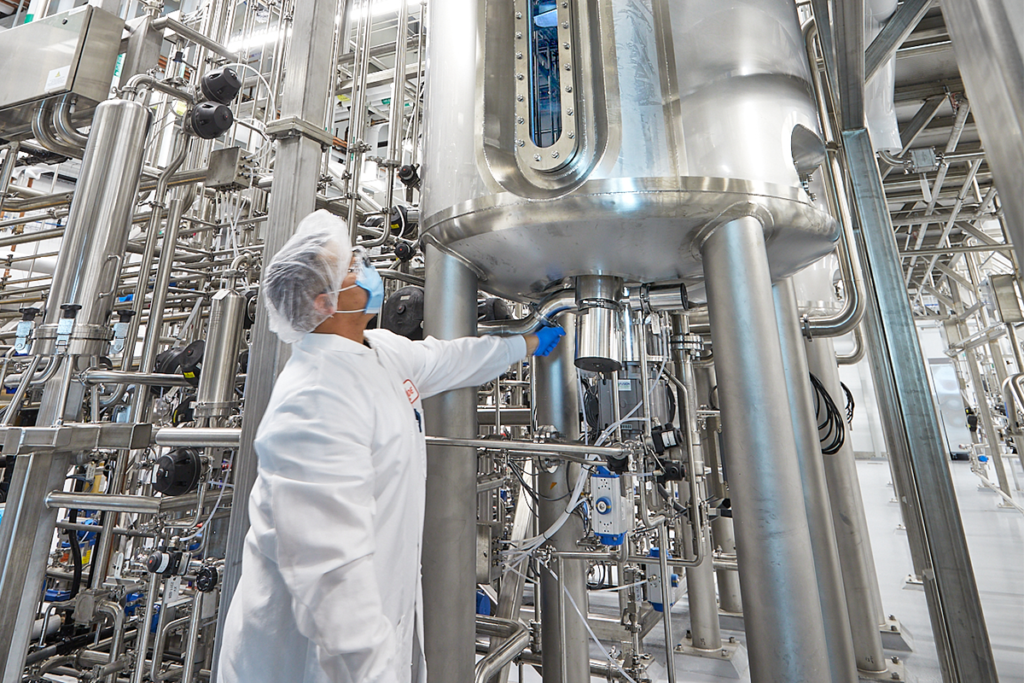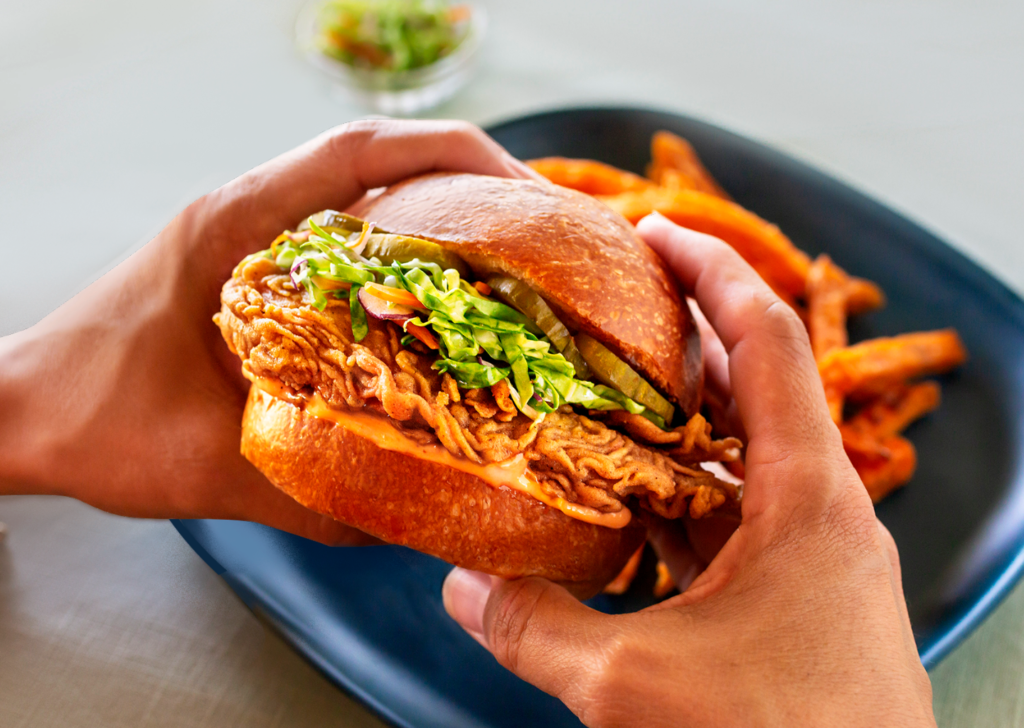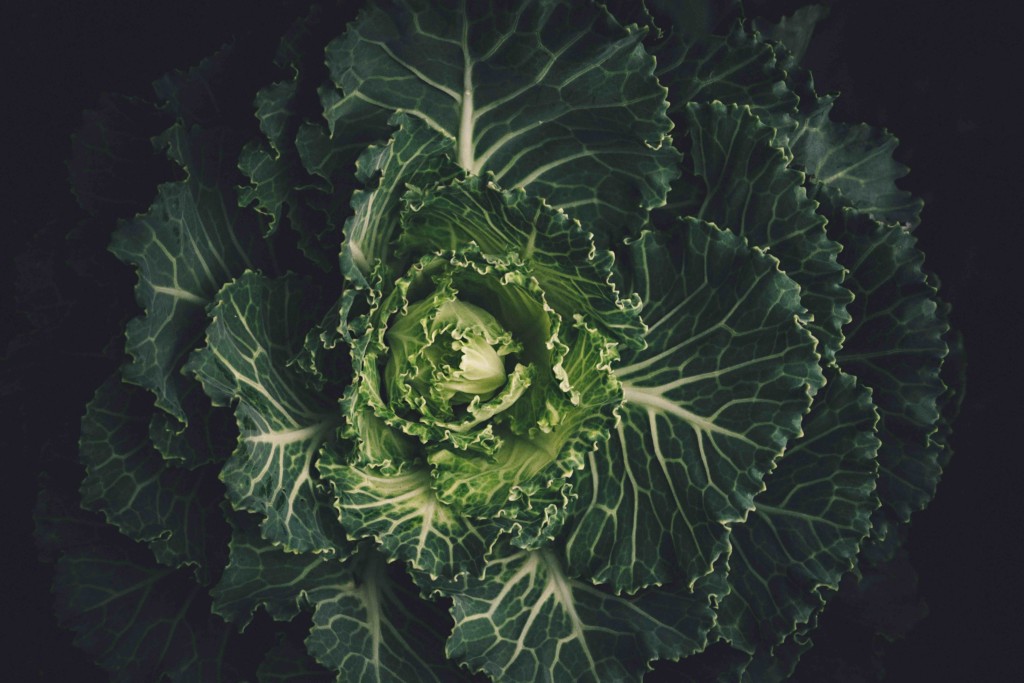Synthetic biology and its place in our future food system
“All truth passes through three stages. First, it is ridiculed. Second, it is violently opposed. Third, it is accepted as being self-evident,” once shared by German philosopher, Arthur Schopenhauer. Here Mike Lee, global food innovation expert explores the future possibilities of cellular agriculture and what it means for farmers.
 Impossible Foods' Wild Chicken Nuggies. Photo credit: Impossible Foods Facebook
Impossible Foods' Wild Chicken Nuggies. Photo credit: Impossible Foods Facebook
My food innovation firm, Alpha Food Labs, spends a lot of time working with clients to envision plausible futures that take early stage innovations today and imagine what the world may look like if they mature. How does that innovation change how people eat? How does it impact the people who produce food?
Often, it is difficult to see the future potential of something that is an emerging trend today. As it hasn’t got to a point where we can see the full promise and potential of what it aspires to be. It was so difficult to imagine the full impact of the smartphone in 2007 when Apple released the iPhone. Even harder to imagine, is what the Internet could turn into back in the 1990s when it began to penetrate the mainstream.
One of those innovations in food, that feels like it’s in an “iPhone, circa 2007” phase is cellular agriculture, the method by which animal proteins can be made via precision fermentation, without the animal.
Proteins made from cellular agriculture differ from plant-based meat analogues like Impossible Foods or Beyond Meat because the final product is a protein that is made from actual animal cells, while plant-based proteins are processed plant products made to emulate meat. Cellular Ag produces actual animal cells that are chemically identical to those found in an animal, but they were produced in a bioreactor via precision fermentation methods that did not require the direct slaughter of an animal. A yeast, fungi, or bacteria can be programmed to digest an input medium and turn them into animal proteins of all kinds. Meat, eggs, dairy, and all kinds of animal products can now be made without the animal.
There are many companies working in this arena, such as Blue Nalu, Every, Geltor, JUST, Perfect Day, Shiok Meats, Upside Foods, with many more to list.
RELATED: Next gen plant protein startup, The Leaf Protein Co. ready to scale
While it’s not a foregone conclusion that all of these companies will succeed, those who create products that may compete for market share with these cell ag companies should take their ambitions seriously and begin to think about what a world may look like if they can do everything they say they want to do.

Upside Foods Lab. Photo credit: Upside Foods Facebook
What might this look like in our food system 10 years from now when the companies producing cellular agriculture products presumably succeed in launching and scaling their products? If cell ag doesn’t end up scaling into the mainstream, then life may go on as usual, but if they do scale up successfully, it would usher in an unprecedented new chapter in the world of food.
RELATED: Sustainable global consumer trends and what it means for farmers
For a moment, suspend disbelief and transport yourself to the year 2032. By then, all of the ambitions of the cell ag industry today have come true and cell ag produced animal products have become mainstream worldwide. They are just another product on the shelf and few consumers bat an eye when they see it. It’s normal to them. If this scenario comes true, what does that mean for food producers? Here are a few implications of that plausible future:
‘The Third Protein’ and what it means for producers
Since the beginning of agriculture when humans began to raise livestock for human consumption, raising and slaughtering an animal was the only way to produce meat, leather, and all of the other goods that come from these animals.
Only in this past century did we see the rise of products meant to emulate these animal goods using plants. The lowly veggie burger and all of its plant-based cousins (plant-based “milks,” cheeses, etc.) were born and have been evolving to the point where today we have highly evolved versions of the veggie burger (Impossible Foods, Beyond Meat, etc.) that are a far cry from its predecessor and can “bleed,” sear, and deliver an eating experience that gets closer and closer to real meat each year.
RELATED: Animal-free fats and oils give alternative proteins a kick of flavour
And even as this next generation of plant-based animal analogues are continuing to evolve, cell ag proteins have ambitions to be the “Third Protein.” Just as consumers find it common to see a grocery store shelf stocked with cow’s milk sitting next to oat milk, they may also see animal meat, plant-based “meat,” and cell ag meat all on the same shelf.

Upside Foods Burger. Photo credit: Upside Foods Facebook
And while in 2032 the number of major ways to make meat will have increased threefold compared to the mid-20th century, the size of our stomachs hasn’t. Consumers get the luxury of expanded choice, but someone like a “conventional” cattle rancher must now consider their market positioning with plant-based protein companies and the cell ag protein companies.
That means the cost of being mediocre in any of those categories is huge and no producer can afford to not produce a stellar product that consumers rave about. Conventional animal producers will need to find ways to know their customers better and deliver exactly what they want, be it superior taste, nutrition, or reputation for responsible and regenerative growing practices. Plant-based meat companies will need to do the same too, and once the novelty of cell ag meats have worn off – only the strongest of those companies will survive as well.
Between animal, plant, and cell ag based proteins, it’s highly unlikely that any one of those things will be the only choice for consumers worldwide. We must imagine a world where all of them co-exist. By 2050, we are scheduled to have 10 billion people on the planet. It’s foolish to think that there won’t be a meaningfully large size audience for animal, plant, and cell ag proteins. And often a single consumer might be consuming all three of those things at different times.
RELATED: How farmers can claim a global advantage using ‘ground truth’ data
The bottom line question is, if you’re a producer in the animal or plant-based protein industry, are you prepared for your customer base to shrink as some of them migrate toward cell ag proteins for all or some of their diet? How will you make sure you’re at the top of your field so you don’t get squeezed out by a product made in a vastly different way?
Highbrow / Lowbrow – where cell ag proteins will most likely gain traction
Where in the market will cell ag proteins find their biggest traction, the high end or low end? Both?
And what would be more palatable to the mainstream consumer? Meat produced in a lab, or in a concentrated animal feeding operation (CAFO) and slaughtered in a facility where the central priority is efficiency and throughput? While lab grown meat may seem utterly strange and unnerving for a generation who grew up only eating meat from animals, this stigma may not exist in a generation of people who were born in 2020 and after, when the idea of cell ag meat has always been around.
Or, we could envision a world where cell ag meats tackle the high end of the market, where luxury goods like Wagyu beef and taboo delicacies like shark fin soup are replaced with versions made via cellular agriculture. It’s possible that cell ag proteins never reach price parity with conventional animal products designed for the masses, so could they be used to make luxury items more accessible?
In our futurist food lab, we created two conceptual products that envision those possibilities. Heritage Culture, is a concept product where cell ag technology has been used to replicate Wagyu beef in an efficient manner without sacrificing on the decadent flavour that eaters know and love.

Faux Fin, Shark Fin Soup. Photo credit: The Future Food Market
Cell ag could also remove the taboo around foods that were historically celebrated, but deemed unethical in modern times, like shark fin soup – a Chinese delicacy. Faux Fin is a concept product targeted at those who grew up eating shark fin soup as a celebratory tradition, but cultural winds have stigmatised that behavior. Now, eaters could revel in this delicacy without the moral quandary of killing entire sharks just for their fin meat. Cell ag could not only produce shark fin meat in a way that doesn’t harm any animals, but potentially also other controversial–yet culturally significant–delicacies like foie gras, horsemeat, dog, etc. It certainly presents a totally new moral gray area where we must consider if a previously taboo food is taboo anymore if it was produced without harming any animals?
RELATED: Vow’s path to success and the rise of cultured proteins
Falling in love with new-to-the-world products
Critics of the plant-based protein movement observe that most of the effort is on how to produce an animal product analogue using only plants. The Impossible Burger aims to be a burger, not a salad. Oat milk aims to be milk, not some other beverage. The central focus of plant-based protein producers is to provide an alternative to the animal products that eaters know and love, both because they represent huge revenue opportunities, but they also don’t ask eaters to change their behaviors much.
Everyone knows what a burger is and what milk is. So, half the marketing challenge is done for companies like Impossible Foods and Oatly because they are giving consumers something familiar in a novel way that claims to be better for them and the planet without sacrificing on taste.

Oatly products. Photo credit: Oatly Facebook
But, consider a product like tofu. It’s a plant-based food that never aimed to emulate any animal product. And with that, a whole library of recipes and cultural traditions have been built around preparing and eating tofu.
What possibilities could arise from a protein production method that doesn’t have the same constraints as it used to by eliminating the animal? What is the next “tofu?” Could we form proteins into novel shapes? Imbue novel flavour compounds into the meat? Control the nutritional content of the protein? What can you do with meat from a bioreactor that you simply can’t do with meat from a cow?
It’s easy to see how cell ag meat can be made into a hamburger or sausage, because we know what those things are. It’s much harder to imagine what hasn’t been created yet. But what this new technology can enable when put in the hands of ambitious and creative innovators could introduce products that aren’t just trying to emulate the foods we know today, but to create brand new ones that we might fall in love with tomorrow.
RELATED: Synthetic biology promises a $27B dividend for Australia
The bioethics of cellular agriculture
The ability to culture meat and other proteins for human consumption represents a revolutionary new chapter in food. With this technology comes great responsibility and we as an industry need to think hard about how this technology is used in a way that’s ethical and fair.
The genetically modified organism (GMO) movement was one of the latest sweeping food-tech innovations in the last century that redefined how food is grown on a global scale. While that technology enabled massive increases in the amount of food the world was able to produce, it was certainly not without serious drawbacks, such as promoting the excessive use of pesticides, reducing biodiversity, and consolidating intellectual property and market power within a few large, multinational agriculture corporations.

Photo credit: Unsplash by @scottwebb
With cellular agriculture, we have the chance to scale this technology in a way that avoids some of the mistakes that the GMO movement made as it grew. Firstly, increased transparency on the process and science is an area where GMOs did not do particularly well with, and cellular agriculture companies have a duty to raise the bar for how forthcoming they are with the public. Since the rise of the GMO era, consumers are demanding as much transparency as possible when it comes to their food. The process by which their food is made has become the product and it’s difficult to earn consumer trust today if they think you’re hiding something.
RELATED: Traceability from farm to fashion, on a whole new-level
Of course, food safety and the long-term impacts of consuming meat made via cell ag needs to be continuously researched to ensure that we minimise the impact of any unintended consequences that could negatively impact human or planetary health. The cell ag industry has already built up so much hype and anticipation around these products that they need to be careful to not rush things and cut corners in order to reach the market and scale faster than is prudent.
RELATED: Tracking tag and data system a ticket to smarter farming
Critics of GMOs also point to the business practices of the large corporations who own the IP for seeds and other biological products, as being onerous and monopolistic. Cellular agriculture, which requires a considerable amount of research and development to practice at scale will surely have its corporations who will want to hang onto their IP for themselves. However, if a meaningful open source effort can be maintained to ensure that the fundamental science behind cellular agriculture can be accessed by the public, then this is a check on companies being able to completely dominate the market and block meaningful competition. Enabling a larger audience to access this technology will also invite more diverse ideas into the market, which can increase choice for consumers and help ensure the industry continue to evolve.
Read more of Mike Lee’s opinion pieces about the future of our food system here.
